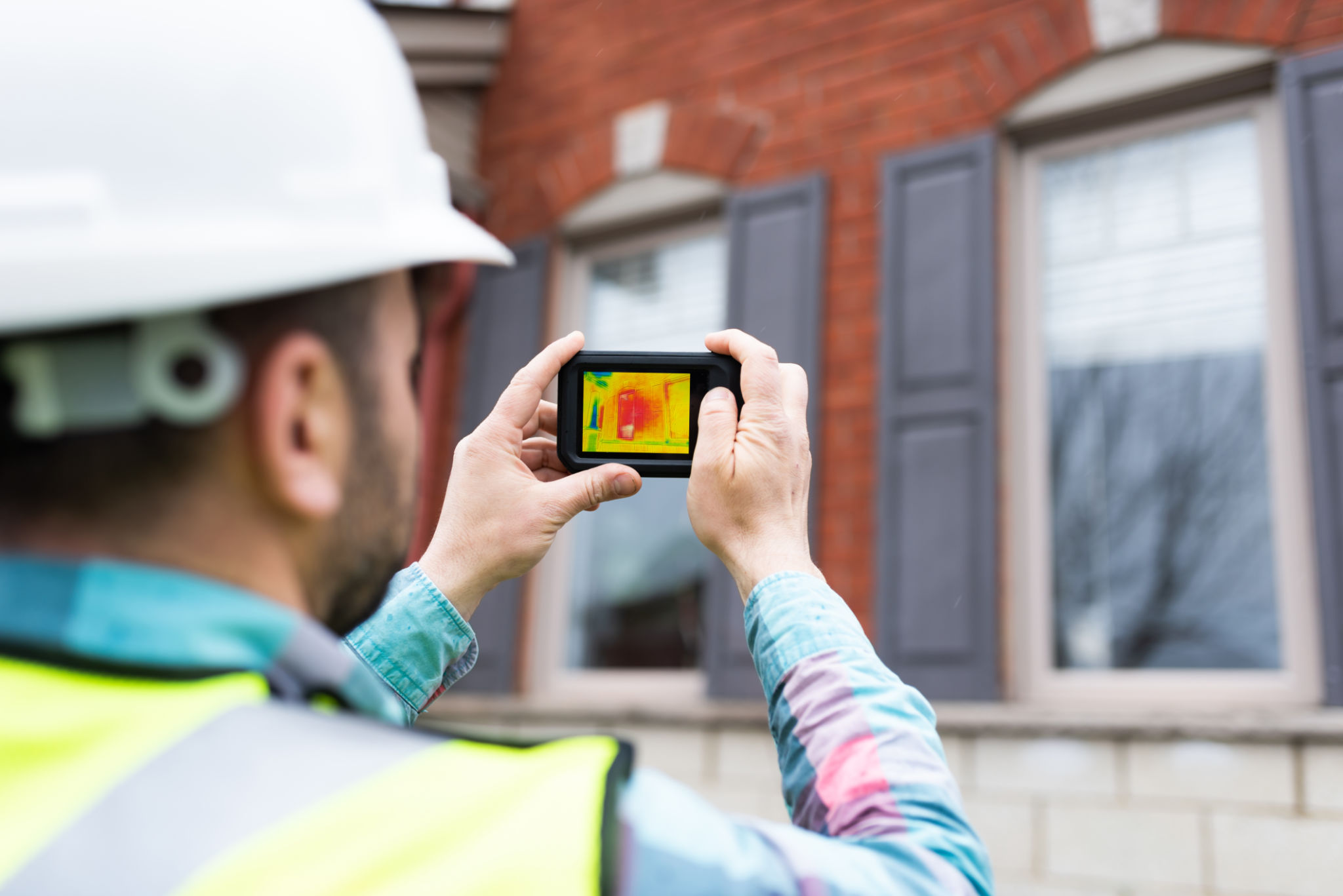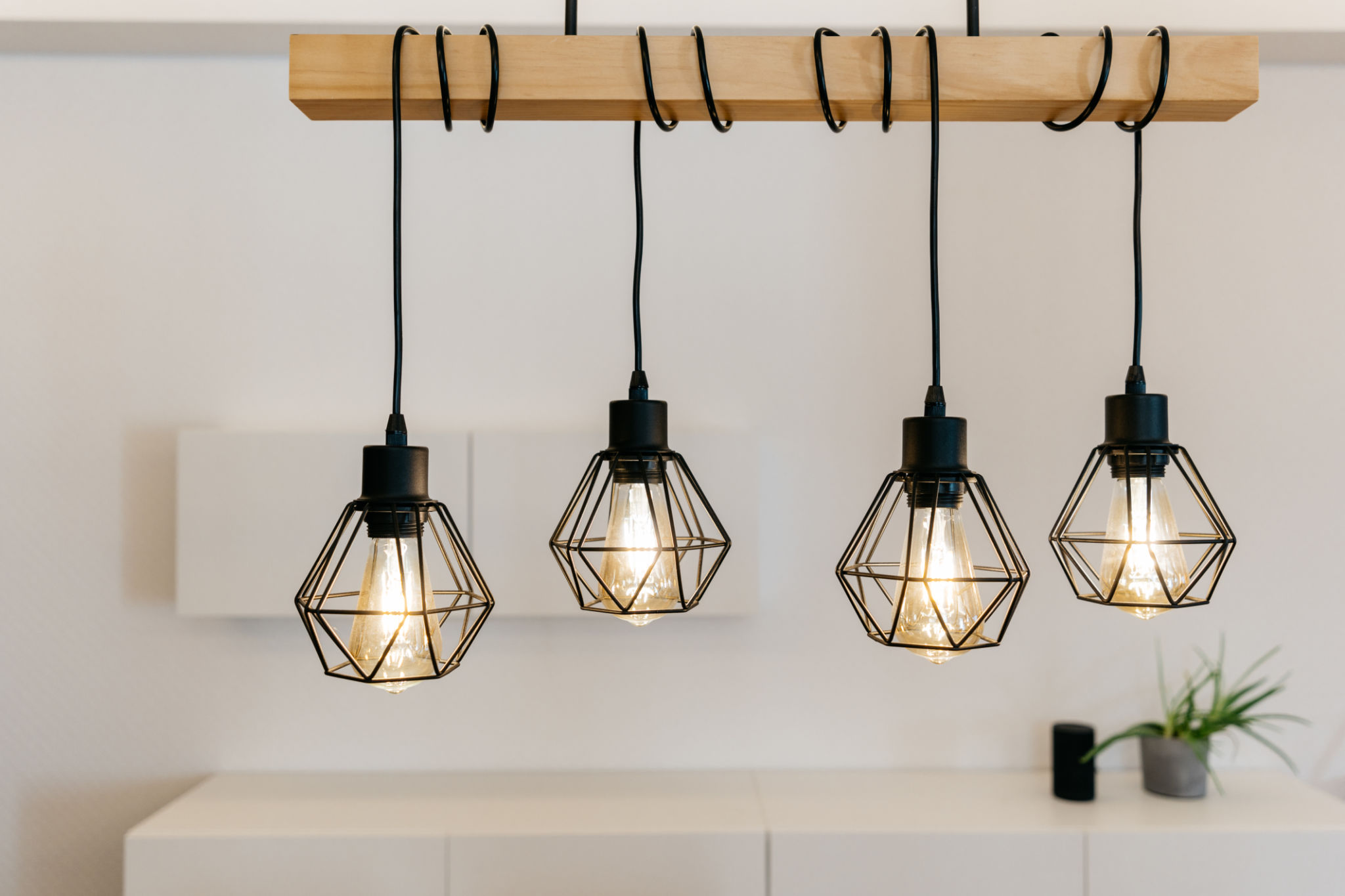The Ultimate Guide to Choosing the Right LED Lighting for Your Home
Understanding LED Lighting
LED lighting has rapidly become the go-to option for many homeowners due to its energy efficiency and long lifespan. These lights use up to 75% less energy than traditional incandescent bulbs. Understanding the basics of LED lighting will help you make informed decisions about your home lighting needs.

Consider Your Space
When choosing LED lighting, it's important to consider the specific needs of each room. Different areas in your home will require different lighting solutions. For instance, kitchens and bathrooms often need brighter lights, while living rooms and bedrooms might benefit from softer, more ambient lighting.
Living Rooms and Bedrooms
For living rooms and bedrooms, look for LED lights that offer dimming capabilities. This allows you to adjust the brightness based on the time of day or the mood you wish to create. Warm white LEDs are ideal for these spaces as they provide a cozy atmosphere.
Kitchens and Bathrooms
Kitchens and bathrooms require brighter and more focused lighting. Cool white LEDs are perfect for these areas as they offer clear visibility, making it easier to carry out tasks such as cooking or applying makeup.

Check the Lumen Output
The brightness of LED lights is measured in lumens, not watts. When selecting LEDs, consider how much light output you need for each room. A higher lumen count means a brighter light. For example, a living room might require 1,500-3,000 lumens, while a bathroom might need around 4,000 lumens.
Energy Efficiency and Lifespan
One of the major benefits of LED lighting is its energy efficiency. LEDs consume less power and have a longer lifespan compared to traditional bulbs. When choosing LEDs, look for those with an Energy Star rating, as these meet strict energy efficiency guidelines set by the U.S. Environmental Protection Agency.

Color Temperature Matters
LED lights come in various color temperatures, usually measured in Kelvin (K). Lower Kelvin numbers mean warmer, yellowish lights, while higher numbers indicate cooler, bluish lights. Select a color temperature that complements your home decor and meets the functional needs of each room.
Selecting the Right Fixtures
The type of fixture you choose can greatly impact the overall effectiveness of your LED lighting. Ensure that your fixtures are compatible with LED bulbs and complement the style of your home. Options range from recessed lighting to pendant lights and chandeliers, each offering different aesthetic and functional benefits.

Pay Attention to Quality
Not all LED lights are created equal. It's essential to invest in high-quality LEDs from reputable brands to ensure longevity and consistent performance. Low-quality LEDs might flicker or have a shorter lifespan, defeating one of their primary benefits.
Conclusion
Choosing the right LED lighting for your home involves considering several factors, from the specific needs of each room to energy efficiency and color temperature. By keeping these considerations in mind, you can enhance your living space with lighting that is both functional and stylish.